
Textbooks are a controversial topic in the education community.
In 2015, an education consultant to then President Barack Obama advised that all textbooks should be scrapped from all schools within the next five years. Many others have called for their ban at schools, arguing that digital resources are rendering textbooks obsolete.
But textbooks aren’t all bad. To write all textbooks off would be doing a disservice to the thousands of teachers that use textbooks in class everyday.
Textbooks are a tool, not a solution. They are meant to supplement an education, to offer references for when the student is outside the classroom, and to provide an engaging resource against which students can test their knowledge.
In fact, research suggests textbooks have a positive impact on education – and many schools around the world successfully use textbooks to great effect.
But too many textbooks of today are boring, oversized, profit-driven and structured according to outdated myths about education.
Whether you’re considering buying your teenager some expensive textbook to revise for their exams, or your teenager is begging you to buy the latest and greatest on the shelves: make sure you’re not wasting your money or time.
Read on to find out the truth about textbooks: what doesn’t work about them, and – more importantly – what does.
1. Textbooks are out of touch with their audience
Though textbooks will often try their best to “appeal to the youth”, these days, they’re mostly written by educators who have been out of school for years.
This means that while the authors might be experts in their field, they’re usually quite dislocated from the audience they’re writing for.
Moreover, textbooks are often the product of many hands, compiled via correspondence. This process hinders the possibility of the books containing engaging, coherent and original content – simply because the writers are never actually present in one room together at once.
As Tamim Ansary writes in Edutopia:
“Most of these books fall far short of their important role in the educational scheme of things. They are processed into existence using the pulp of what already exists, rising like swamp things from the compost of the past. The mulch is turned and tended by many layers of editors who scrub it of anything possibly objectionable before it is fed into a government-run “adoption” system that provides mediocre material to students of all ages.”
In psychology, this phenomenon is known as “the curse of knowledge”. The more you know, and the more experience you have in your field, the harder it is to put yourself in the shoes of the beginner learner or the novice.
A textbook author for Biology may no longer remember the subtle difficulties a young NCEA student encounters when learning photosynthesis for the first time, especially if they never took NCEA in the first place.
Furthermore, Biology professors writing content via international correspondence will have a radically different understanding of what is “important” to include in a textbook to those teaching NCEA on the ground.
StudyTime’s walkthrough guides are written entirely by NCEA tutors to avoid this exact detachment. Studies have shown that students learn better when they feel respected,and so StudyTime hired those they knew had the right empathy, experience and understanding to write the books: students themselves.
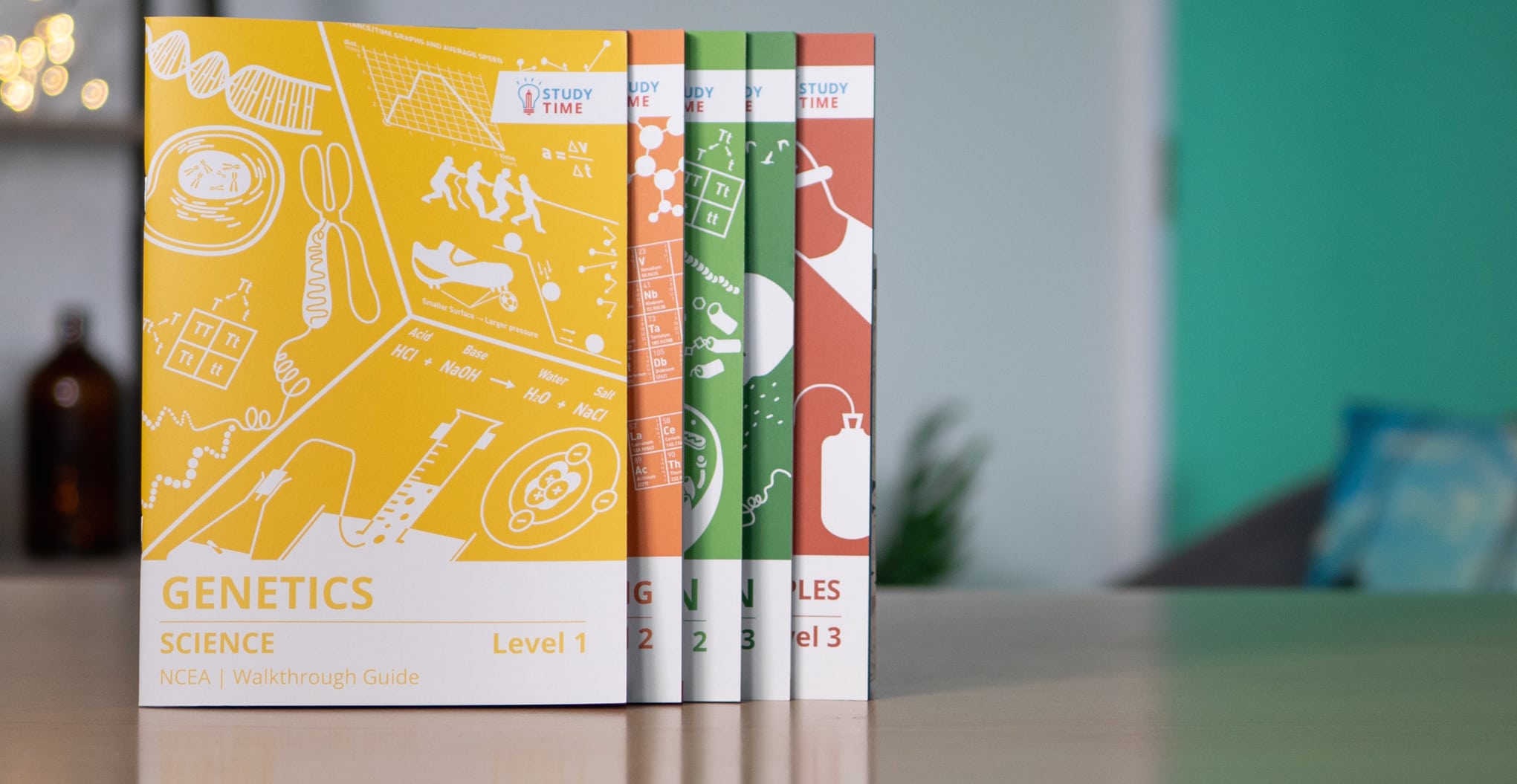
In order for a textbook to be impactful, the authors must know their audience and the unique struggles they might be encountering in their studies.
However, most textbooks unfortunately fall short of this obligation, leaving many students feeling inadequate and overwhelmed.
The Ultimate Resource to Help your Child Succeed.
Give your child the best possible shot at exams. Browse StudyTime’s cutting-edge, affordable range of NCEA “Walkthrough Guides”.
2. Textbooks are unaffordable and inaccurate

The privatisation of textbooks poses serious problems for both the cost and quality of textbooks today.
As Henry Farrell writes in the Washington Post:
Businesses can make big, big profits from selling to price-insensitive markets, since they can jack up prices without weakening demand for their product. It’s a sweet deal for academic publishers, but not so great for students.
The median price of a textbook is so high that most students consider it standard to fish out $30-$40 for a “good” resource. It’s not unusual to see NCEA textbooks selling for upwards of $70 in Warehouse Stationery. Publishers get away with steeping them so high for one reason: because they can.
“The textbook world operates differently from most consumer markets because the consumers—the students and teachers—rarely get to choose what they’re buying. They typically just receive a syllabus and purchase as told,” Terrance F. Ross writes in the Atlantic. “As a result, the price point is largely exempt from popular demand, giving publishers supreme control.”
The product you’re buying will probably be heavy and crammed with a whole lot of motley information on the subject from all the different contributing experts. While this information might be right and true, more often than not, it’s irrelevant: students don’t need to know it to pass their standard they’re sitting.

This is the problem in and of itself: accuracy, originality and intention are not profitable values for publishing companies. What matters is the extent to which they can package this information so that students feel a sense urgency over how much they don’t know, and how much they need to know. The solution? Cram as much recycled information about “Statistical Probability” in there as possible.
This means in order to extract the information they need to study for their exams, students will have to trawl through hundreds of pages and writing to find the concept they’re looking for, and then do even more work to calculate whether or not it’s worth learning for the exam.
Worse still, the publishers will come out with a “revised” version of the edition next year – rendering the one you just bought last year suddenly, and inexplicably, irrelevant.
The lack of quality, up-to-date and affordable textbooks available to NCEA students was exactly what motivated StudyTime to produce their walkthrough guides – and release the digital versions online for free.
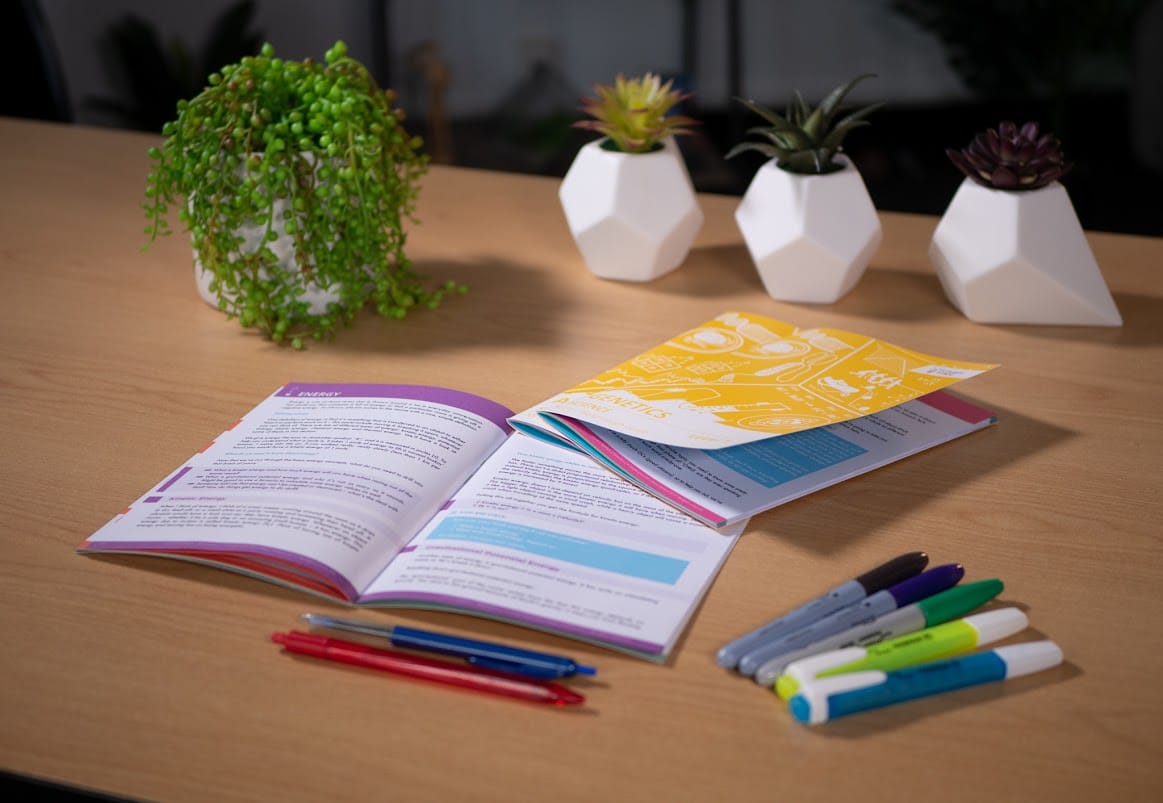
The Walkthrough Guides are currently the only textbooks on the market that directly correspond with modern NCEA standards – telling students everything they need to know for exactly one subject standard: no more, no less.
This means that students can reduce cognitive overload when studying, which is known to be a leading cause of poor retrieval, procrastination and misunderstanding in learning processes.
"Chemistry was never my forte, I would always scrape by with just Achieved grades on tests. After only a few days with these guides, I was able to boost my grades so much that i was getting high Merits."
– Nathan, Student, Wellington.
3. Textbooks promote memorisation over understanding

Textbooks contain consecutive information that builds on knowledge from past facts, concepts, figures or formulas. This is both their biggest asset and their greatest downfall.
On the plus side, this is how textbooks provide security for students when studying independently. Students can see clear examples of how concepts work, and refer back to their resources when they get stuck on a particular question or idea. Textbooks give you knowledge about content, and serve as a trustworthy, solid and reliable resource for students to look back to when they’re stuck.
But textbooks frequently fail to educate students on the process of learning, and how to get to their answers when they forget the original problem that they learned from.
The general structure of textbook structure follows this formula:
Chapter (concept)
Information on concept
Exercise testing knowledge of chapter
Answer section
The problem with this process is structural. Students are not ever encouraged to ask, “why?” or “how?” Instead, learning enters a game of call-and-response.
There’s no room for imagination or curiosity. And answers that don’t correspond to the textbook are immediately are assumed wrong.
What does this mean? Superficial learning.
As one of our tutors, Fraser, says:
“If you focus on memorising something, as soon as you forget it, you’re totally screwed. You don’t have any recourse to try and remember. You’re not thinking logically about the problem, you’re just thinking “I can’t answer the question.”

Each problem is consumed in isolation from the myriad environments, contexts and ideas it is connected to, and any “learning” that takes place is only applicable on an exam page that directly mimics questions in the textbook itself.
In other words, typical “textbook learning” creates the illusion of learning where, manifestly, no learning is occurring. Students believe they’ve got a grasp on a concept, but when that problem is framed in a different way or presented in a new context: they get stuck. Usually, it’s in tests and exams where this lesson is learned.
Worse still, the lesson is never learned at all. As Ben Orlin reminds us, teachers and tests can actually play into the memorisation fad by designing exams that actually play into this game of call-and-response: “For efficient students, it’s pretty clear what to do: Memorize the necessary facts in the ten minutes before class, and forget them in the ten minutes after class.”

Over Reliance on memorisation is a systemic problem in education: and it’s an issue that good tutoring aims to dissolve. We know that deep learning is made possible by intrinsic motivation.
We also know that deeper insight comes from presenting information in a way that promotes active discovery and curiosity.
“Memorization is a frontage road: It runs parallel to the best parts of learning, never intersecting. It’s a detour around all the action, a way of knowing without learning, of answering without understanding.”
When it comes to textbooks, the resource should ignite motivation – not stifle it. Learning is not valuable unless it can be used and remembered after the test is over.
"“The most helpful study guide- such an easy read, but explains key concepts perfectly- I love the blue boxes for key terms! Thank you StudyTime- feeling much better about Level 2 Bio knowing I will be saved by the study guides!”
– Anna, Student, Auckland.
So when do textbooks work?
1. With frequent testing to ensure learning is taking place

In order for textbooks to work, it’s vital that the knowledge being studied is frequently tested in a variety of contexts. This ensures a holistic understanding of the concepts being studied, and prevents “shallow” textbook learning – that which is memorised a few days before the test and forgotten a couple minutes after it.
StudyTime’s “stop and check” sections of their Walkthrough guides are designed to build self-awareness and active learning through frequent testing. The stop and check sections consist of one to two questions in the middle of a concept or chapter: a gentle nudge to the student to pause and reflect, and test whether they’ve been actively learning the information, or just mindlessly following the lines on the page: a tendency we’re all guilty of.
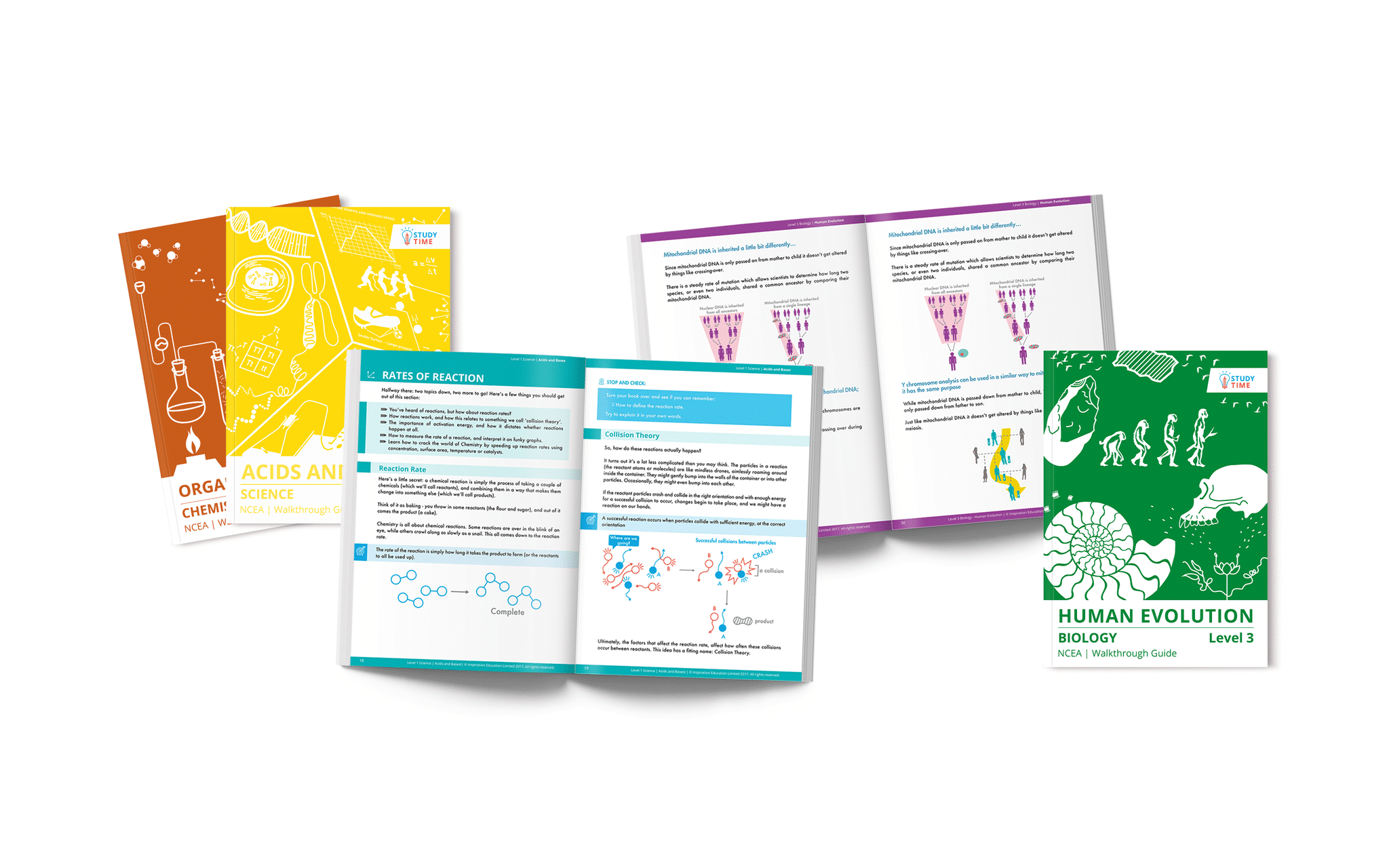
If they struggle with the questions, and the knowledge has not yet “stuck”, the reader can simply go back a few lines and try again with more intention and purpose. Studies have shown that failure first learning actually helps you to register the right answer more powerfully. Moreover, attempting to test yourself before you begin prevents you from making the same mistakes again in the future.
2. When used as a supplement

Too often, textbooks today fail when they’re presented as a solution. Whether it’s a solution to a lack of engagement throughout the year, a solution to misunderstanding or a solution to a bad teacher in class: textbooks are merely a tool that will help to support understanding – not replace it.
This is why it’s vital that textbooks don’t include masses and masses of information. Instead, they should be streamlined to supplement the updated curriculum or subject being studied, not stretched to include years and years of research for the student to trawl through.
StudyTime recognised this problem in the textbook market, and so designed their guides to directly correspond with exactly one subject standard for NCEA. This has a number of benefits:
- No fluff (students can rest assured everything they read is worth learning).
- No wasted time (the guides are small enough to be read in one sitting alone).
- Lightweight (the guides are affordable, soft-backed and are small enough to take anywhere with no stress).
- No assumption of prior knowledge (you can start from scratch and still be on the same page as your peers).
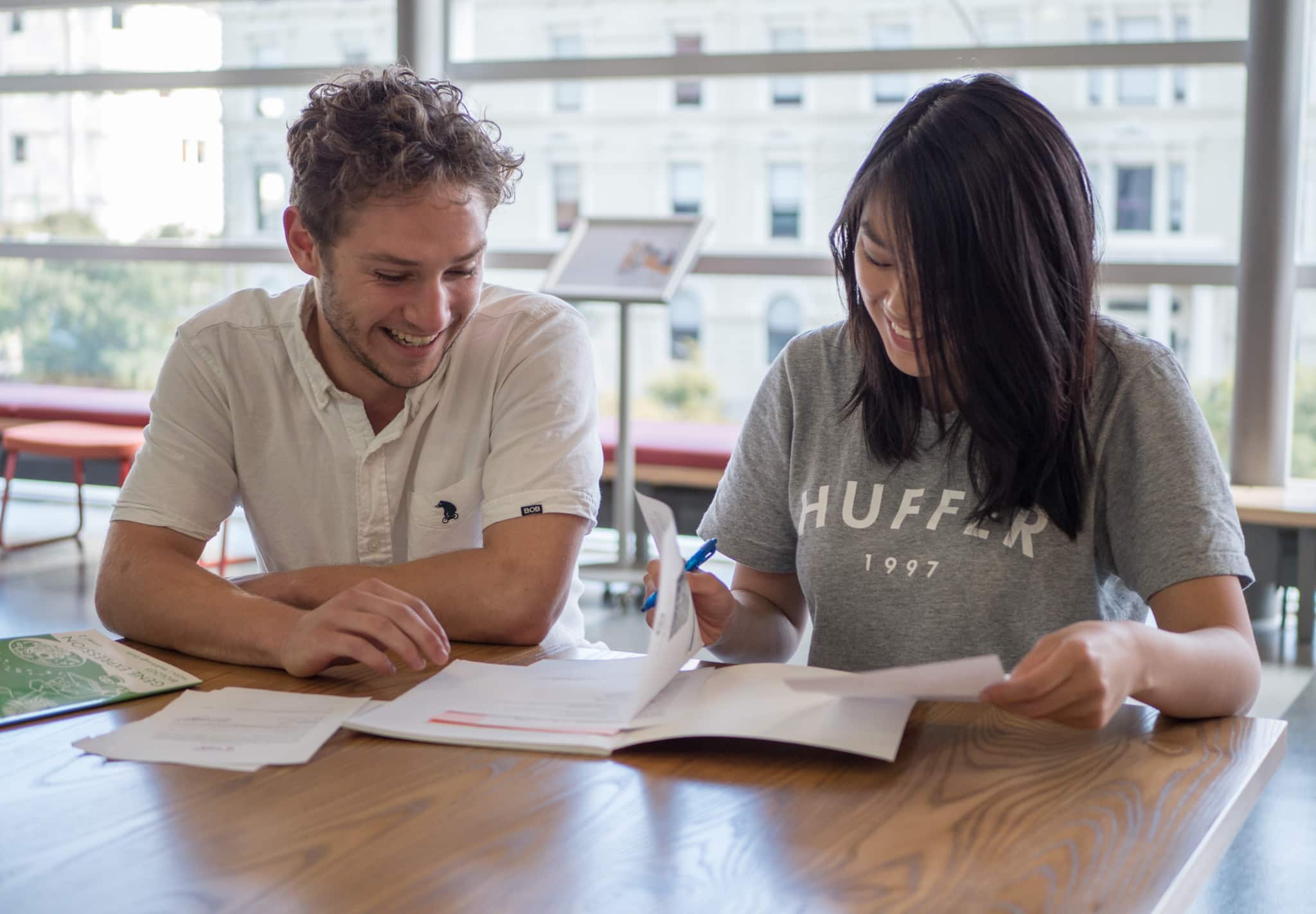
Textbooks might be in book form, but they’re no different in their purpose from tutoring. As such, they should fulfil the same benefits as good tutoring does: support the student in learning the subject, not doing the work for them.
3. When they engage students instead of instructing them
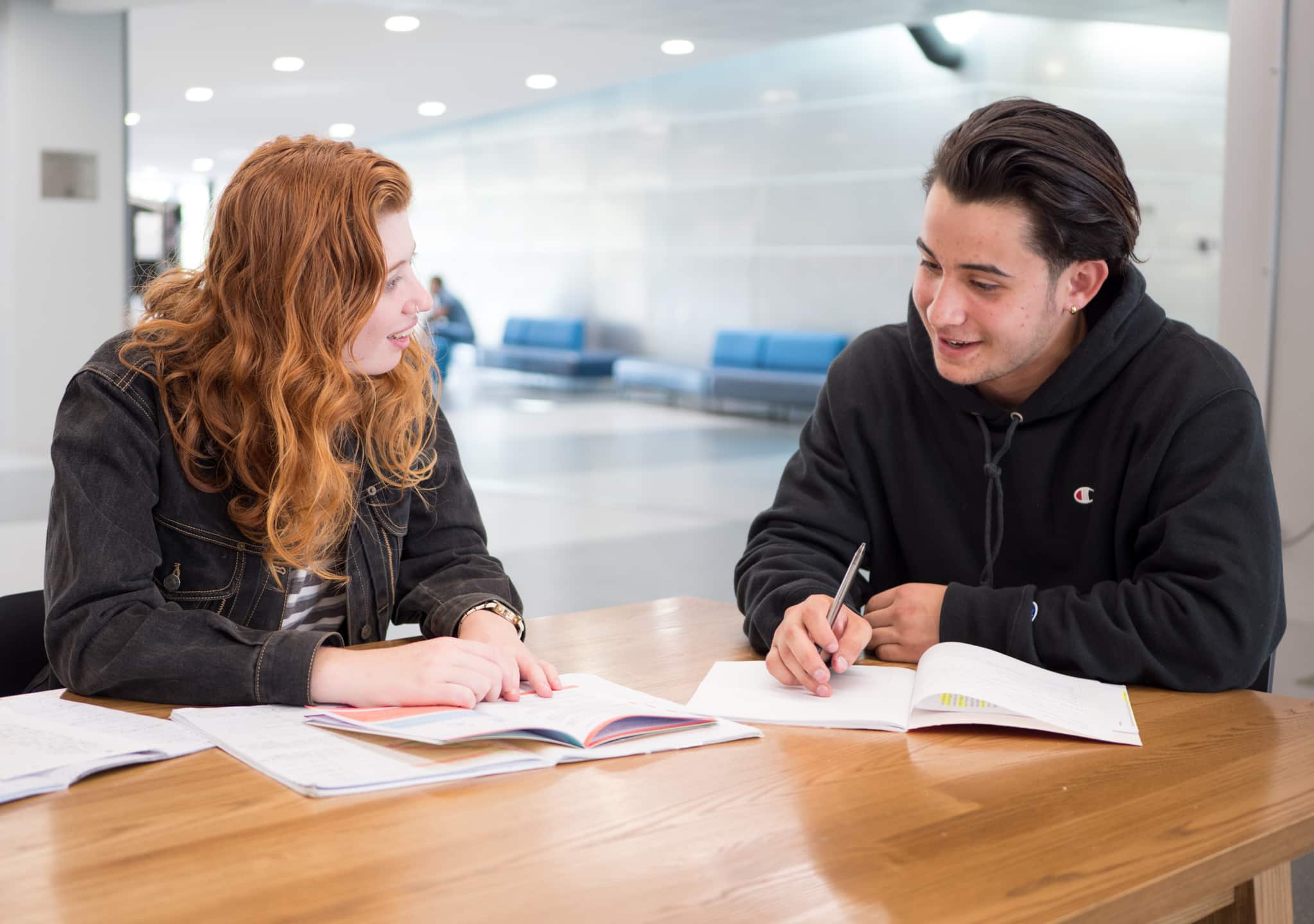
Teaching content is only one tenant of meaningful learning. In order for information to stick, it must take into account process of learning.
StudyTime’s walkthrough guides, (written exclusively by our tutors here at IE) were designed to serve the exact same benefits as tutoring – only at a fraction of the price. This means they are structured according to what we know about how students learn best, drawn and adapted from the latest research in education psychology.
A good tutor would not stand in front of a student and cite off all the information they have on the subject possible to their students, expecting them to suddenly understand and be able to regurgitate it on cue.
Instead, good tutors make strides to connect the study material to diverse contexts, and apply it to a variety of diverse scenarios. They make the student feel comfortable and relaxed by maintaining a friendly tone and keeping up a good sense of humour. They promote curiosity, dialogue and critical thinking by consistently asking questions, and encouraging their students to do the same. They experiment with a range of learning techniques, like mnemonics, diagrams, graphs, mind-maps, narratives and analogies – slowly working out what works for the individual student. But fundamentally, they make sure the students understand why their subject matters. StudyTime’s walkthrough guides are no different.
When textbooks pay too much attention to information, content and facts, without thinking about how that information is consumed or engaged with – they do their audience a disservice.
Textbooks should serve as a supplementary “toolkit” of ideas, strategies, techniques, formulas, concepts and contexts to draw from in order to develop an intuitive understanding of a subject.
They should not only tell, they should also show, and perhaps, most importantly, they should ask back.
"100% worth it! Extremely useful with my studies and preparation for my mock exams."
– Noah, Student, Palmerston North.
